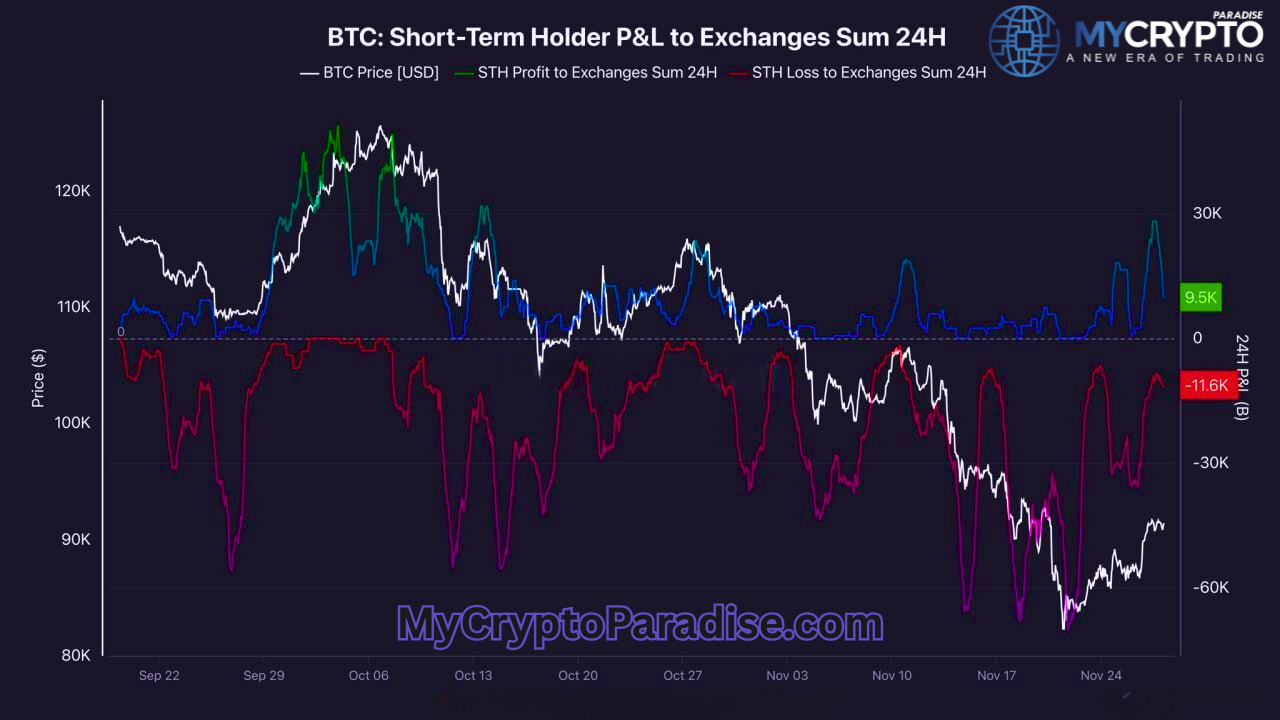FTX exchange has disclosed its proposed reorganization strategy, which classifies the bankrupt exchange’s claimants into distinct categories and hints at the potential revival of the exchange as an offshore platform.
A series of dockets, including a draft plan of reorganization, were filed on July 31. This plan outlines FTX.com’s proposed approach to settle an exceptionally complex and large collection of claims. The plan identifies 13 different classes of claims, including specific categories for Dotcom customer entitlement claims, U.S. customer claims, and nonfungible tokens (NFTs) customer claims.
The global settlement will involve the valuation of claims in U.S. dollars based on a valuation methodology prepared by FTX, pending approval by the Bankruptcy Court. This methodology will address disputes over assets held on both FTX.com and FTX US exchanges.
FTX’s plan includes the identification of three main recovery pools, corresponding to segregated assets attributable to FTX.com customers, FTX US customers, and assets that the company contends are not attributable to the two defunct exchange branches.
NFT holders will also have their own separate classification. NFTs are expected to be returned to the relevant customers unless they were “destroyed” or lost. In such cases, their claims would shift to Class 4A or 4B as outlined in the plan.
The document acknowledges special “shortfall” claims by the two FTX exchange entities against the third pool of general assets. This is designed to “compensate” the exchanges for the alleged unauthorized borrowing and misappropriation of assets by former CEO Sam Bankman-Fried and his close associates.
The filing also outlines the intent to cancel intercompany claims and the “extinguishment of FTT claims”. This specific clause suggests that FTT holders will not be compensated for their token holdings. The collapse of FTT’s value played a crucial role in FTX’s downfall in 2023.
The final section of the proposed plan covers the intent to liquidate FTX’s estates to pay out distributions to customers and creditors in cash. However, a clause notes that customers may be offered voluntary elections in connection “with a restart of an offshore exchange”. This could provide specific creditors with the option to choose a share of equity, tokens, and other interests in a potentially revived offshore FTX exchange.
As part of the bankruptcy proceedings, FTX has sued Bankman-Fried and other implicated directors in an attempt to recover over $1 billion in alleged misappropriated funds. The complaint, filed on July 20, names Bankman-Fried as a defendant, along with former Alameda Research CEO Caroline Ellison, FTX co-founder Zixiao “Gary” Wang, and former FTX engineering director Nishad Singh.













